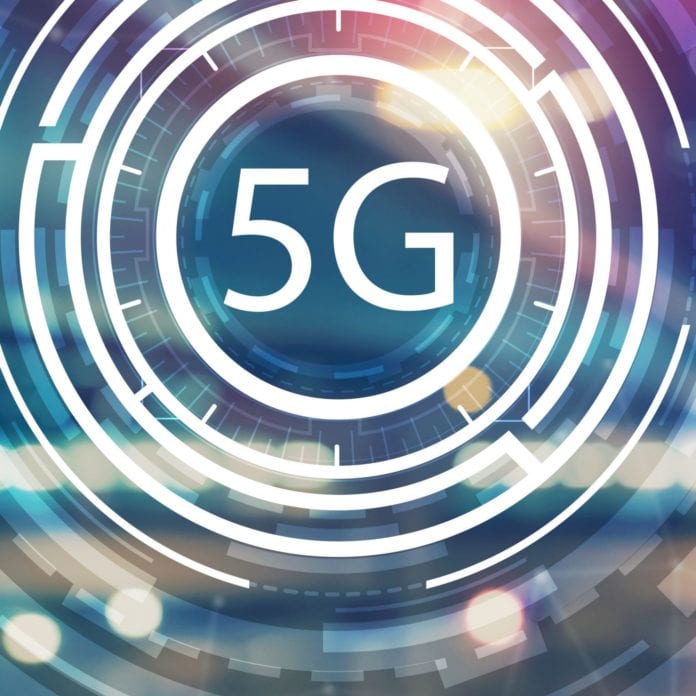The National Telecommunications and Information Administration (NTIA) and the U.S. Department of Defense are weighing what 5G-related prize challenges might look like, drawing in comments from industry.
In January of this year, NTIA put out a notice of inquiry on behalf of the DoD, asking for input on how to use a challenge format to “accelerate the development of the open 5G ecosystem and support DoD missions.” DoD has used prize challenges, such as its robotics challenge or more recently, its three-year Spectrum Collaboration Challenge, to spur innovation and development in particular areas of interest—and now it’s looking at how to do the same for 5G.
NTIA received 51 responses totally nearly 400 pages, and the agency recently released an analysis of those comments. That analysis will help to shape the creation of a 5G challenge and incentive program, with emphasis on open ecosystems.
“The purpose of 5G Challenges would be to support open interfaces, interoperability, and modularity – accelerating market forces that promote vendor diversity,” NTIA said in a release, adding that there could be an initial 5G Challenge as soon as next year.
The comments on future 5G challenges had a number of common themes, including:
-Supporting current 5G efforts, rather than DoD creating another standard or selecting a particular vendor’s variant.
-That DoD should be careful in how it defines “openness” and whether it wants open interfaces, open architectures or open-source systems. “Open interfaces are strongly supported in most … responses,” according to the analysis, which went on to say, “However, there is concern that requiring all components to have open interfaces may be impractical in the near term.”
-That the challenge framework could diversify vendor options as well as help to build a trusted domestic supply chain for network software. Respondents wanted to see challenges that would “encourage smaller companies to participate and demonstrate their unique capabilities,” and comments raised the concern that “innovation opportunities tend to be biased toward large companies.”
-Additional 5G testbed resources are needed, respondents said, as well as a comprehensive 5G test suite that will “enable systematic functional testing across all 5G interfaces and organizations” and “support validation testing and deployment, where open interface solutions struggle.”
The analysis concluded that rather than a single major challenge, the pattern of the responses indicated that a series of topic-specific and/or phased prize challenges for open 5G technology would be the best way to support wider participation and faster maturation of the technologies, including the possibility of plugfests. Prizes could be awarded proportionally, based on how interoperable a solution is, the analysis suggested.
Most comments suggested a timeframe of between 2-4 years for 5G challenges, which the analysis noted will be during a time that 5G itself will be rapidly changing and maturing. Comments also said that 5G challenges should demonstrate a path to commercial use, such as coordinating federal efforts to deploy 5G infrastructure on federal and/or commercial buildings.
The full NOI analysis report can be read here.

